The 15 Latest Branding Trends to Follow
Branding has become more critical than ever in the modern business landscape. With endless product choices and digital disruptions, brands must work harder to connect emotionally with customers and stand out. Exciting new branding trends allow companies to create compelling brand experiences across channels.
In this comprehensive guide, we will explore the most innovative, latest branding trends that are shaping marketing in 2024 and beyond. Keep reading from experiential branding to purpose-driven brands to discover cutting-edge strategies to future-proof your brand.
Table of Contents
1 – Experiential Branding Drives Deeper Connections
One of the latest branding trends is the rise of experiential branding to create immersive, share-worthy brand interactions. Today’s consumers, especially millennials and Gen Z, crave meaningful experiences over products alone.
Brands like Red Bull and Sprite use experiences to convey their values and personalities. Instead of traditional ads, they hold interactive events, send branded content creators on adventures, and find unique ways to engage audiences.
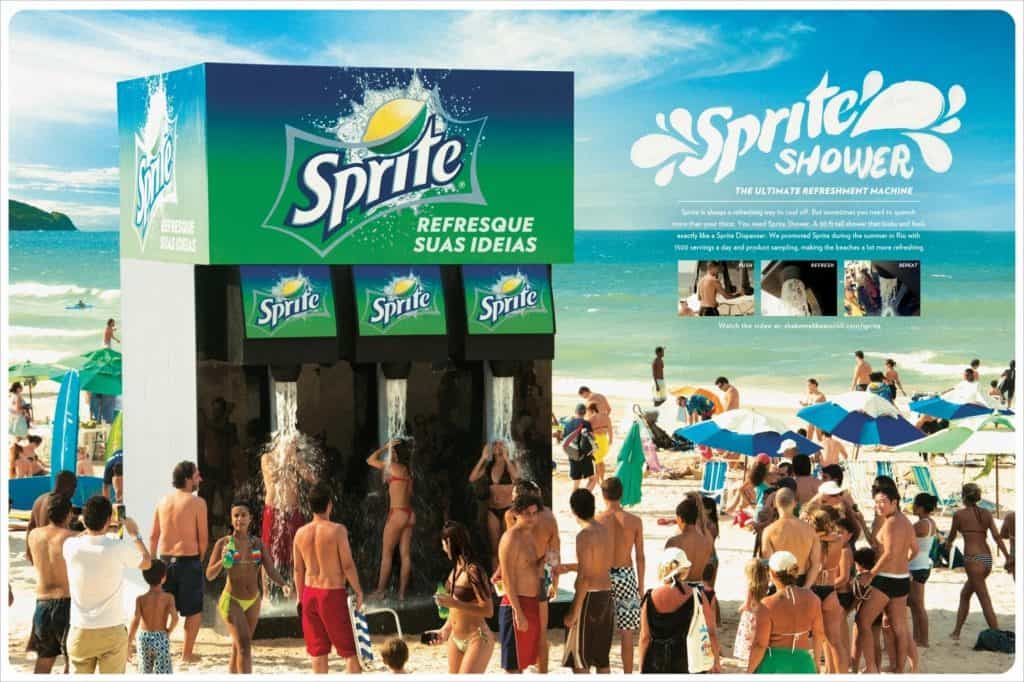
The statistics speak for themselves:
- 72% of millennials say they spend more on experiences than material goods
- Over 3 in 4, millennials share their experiences on social media
- Brands see as much as a 28% uplift in purchase intent after branded experiences
“The brands winning today understand the importance of creating a lifestyle and experience around their products vs just selling a commodity.”
Brian Wallace, Forbes.
With experiential branding, companies can cut through the noise to have deeper, more memorable customer interactions.
Branded Content and Influencer Marketing
One experiential sub-trend is branded content that tells compelling stories. Rather than talking about products, brands publish blogs, videos, and podcasts that align with their messaging.
Outdoor clothing brand REI creates short films profiling their community’s outdoor adventures. Makeup brand Glossier started an interview podcast featuring inspiring women. Both nurture emotional connections with audiences instead of product pitches.
Influencers also let brands tap into user-generated content. By collaborating with influencers aligned to their niche, brands can create authentic recommendation stories to power word-of-mouth marketing.
Immersive Experiences Set Brands Apart
Marketers predict even more brands will activate immersive, brick-and-mortar brand experiences. Examples include showrooms, pop-up shops, brand museums, and flagship stores integrating cutting-edge technology.
Beauty retailer Sephora implements augmented reality so shoppers can virtually try on makeup. The athleisure brand Lululemon uses in-store yoga classes and running clubs to cement its position as a lifestyle brand.
Such creative brand experiences allow customers to personally engage with brands in memorable ways they cannot replicate online.
“In an oversaturated market, brands must be relentless about creating a remarkable, share-worthy brand experience at every consumer touchpoint.”
Denise Lee Yohn, Brand Leadership Expert
2 – Purpose-Driven Branding Resonates With Consumers
Another essential branding is purpose-driven, centring around a brand purpose beyond profits. Modern consumers favour brands that share their values and work towards a larger societal goal.
Brands like Tesla (sustainable energy), Dove (natural beauty), and Airbnb (belong anywhere) lead with a meaningful ethos that resonates emotionally with target demographics.
- 64% of consumers now buy from brands aligned with their values
- Brands with higher purposes grow faster, according to Harvard Business Review
- 73% of millennials would spend more on a purpose-driven product
This data proves today’s shoppers respond to authentic brand stories that align with their worldview and priorities.
Corporate Social Responsibility (CSR) Efforts

Brand purpose often manifests through corporate social responsibility (CSR) initiatives. Patagonia has long championed environmental conservation efforts from sustainable manufacturing to grassroots activism. Preferred hotels in Marriott’s Tribute Portfolio donate some of their stays to local charities.
Even D2C disruptors like Warby Parker integrate social impact into their model. The eyewear brand distributes a pair of glasses to underprivileged communities for every purchase made. TOMS Shoes pioneered a similar buy-one-give-one program.
“There is no alternative to a purpose-driven approach. It’s a pre-condition for commercial success because it enables credibility, trust and preference.”
Mark Bonchek, Branding Expert.
When brands support meaningful causes, consumers notice and reward them with loyalty. In one survey, 90% of customers felt more positive about purpose-driven companies.
3 – Agile Brand Positioning Anticipates Trends
Brands today operate in fast-changing, highly fragmented markets. Technology trends, economic shifts, global crises, and competitors constantly alter the playing field.
This volatility means brands must take an agile approach to brand positioning. Instead of a rigid, long-term brand strategy, companies now pivot frequently messaging to meet changing consumer needs in real-time.
Consider how sportswear giant Nike rapidly adapted its branding and even manufacturing chain during 2020. As exercise-at-home became huge, Nike capitalised by promoting home workout gear with viral ads on staying active. This agility lets them closely align branding with accelerating fitness and lifestyle changes.
“Agile branding sets apart those who merely respond to change vs those who are shaping markets and consumer behaviour.”
Alina Wheeler, Branding Expert
Let’s explore components that enable brands to remain fluid, responsive, and relevant.
Hyper-Targeted Personalisation
Today’s customers expect messaging tailored to their exact interests and context. A “one size fits all” brand strategy no longer cuts it.
Through data analysis, testing and optimisation, brands determine which messages perform best for micro-segments. Personalisation engines then deliver the right content across the entire customer journey.
Outdoor apparel brand Moosejaw advanced personalisation by tailoring site content and product recommendations to different persona groups. Masterclass's online learning platform serves individualised video curricula based on user goals and knowledge levels.
Such bespoke experiences demonstrate an understanding of people’s needs and priorities to drive emotional connections. The statistics also support this, with most consumers responding positively to personalised content.
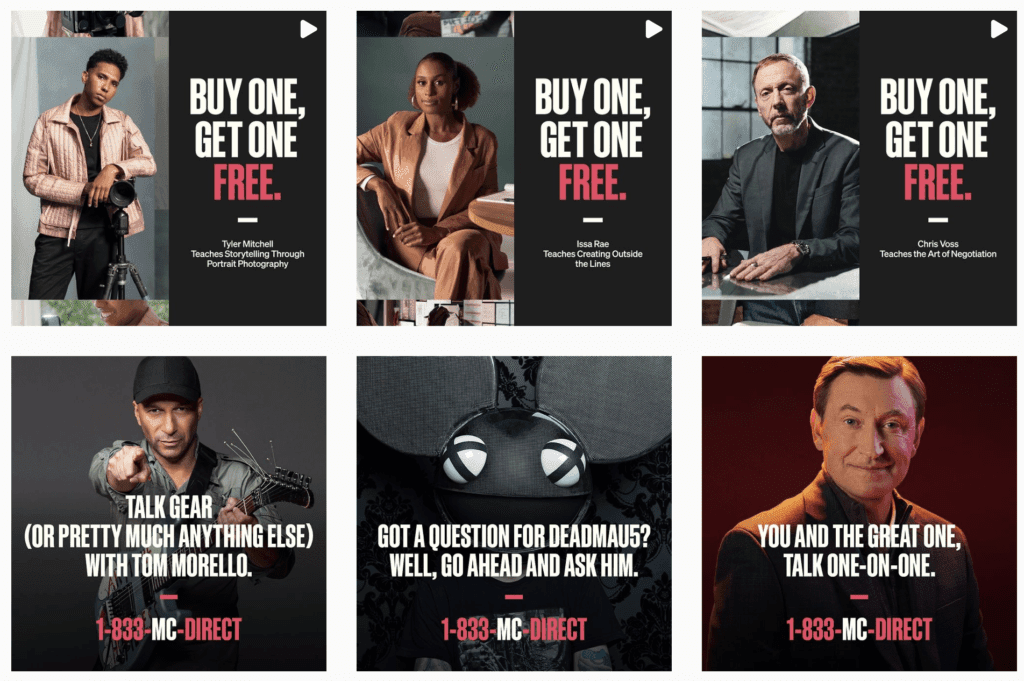
Testing and Optimisation Culture
Brand agility also requires a culture of continuous testing and optimisation. With their proprietary algorithm shaping branding and content decisions, Netflix exemplifies data-backed branding techniques. Brands must similarly leverage data and analytics from ideation to activation at each stage.
Focus groups, customer research, multiple concept testing and message performance metrics empower brands to iterate rapidly. Brand leaders understand when and how to pivot approaches based on evidence vs gut instinct alone.
This fail-fast mindset minimises the risk of misplaced branding investments that can sink campaigns. Ongoing testing also uncovers new opportunities and insights to integrate.
4 – Brand Communities Deepen Connections and Loyalty
Another standout branding trend is community-building to supercharge word-of-mouth and customer evangelism. The most successful modern brands cultivate unique cultures and unite niche audiences through shared passions or values.
Athletic wear retailer Lululemon fosters a community around healthy lifestyles and self-care. Glossier engages followers through “skin first, makeup second” messaging and user-generated content. CrossFit operates like a lifestyle brand, hosting local classes and competitions for its devoted community.
Brands that bring people together virtually and physically see explosive growth. According to Forbes, 72% of consumers now engage with brand communities before purchases.
Community members also become the brand’s most prominent advocates. They organically endorse the brand across social channels and influence product innovation through feedback. This community traction attracts new demographics and retains current brand fans.
For newcomer brands, communities can be a competitive differentiator over more prominent players. Harry’s built an online club for subscribers with access to podcasts and content around men’s issues beyond shaving gear pitch. The community successfully sets them apart from incumbent competitors like Gillette.
“Build relationships, foster community and create a love for your consumer, and they’ll become the marketing engine that grows your brand.”
Scott Goodson, Author of Uprising
5 – Experiential Retail Reimagines Brick-and-Mortar
Moving into 2024, brands blend experiential elements into retail environments to drive traffic and engagement. Traditional shopping no longer satisfies consumers who instead crave immersive brand interactions.
Modern flagship locations feel more like showrooms with integrated technologies, over-the-top visuals and share-worthy moments around every corner. Contemporary department store Story sells an ever-changing selection of niche, indie products from customised mini-shops.
Even digitally native companies now launch experiential retail spaces that extend their brand online to offline. Eyeglass start-up Warby Parker designed bookstore-inspired shops with virtual try-on tools and read from their free library. Casper’s stores allow visitors to test their mattresses and reflect the branding whimsy familiar to site visitors.
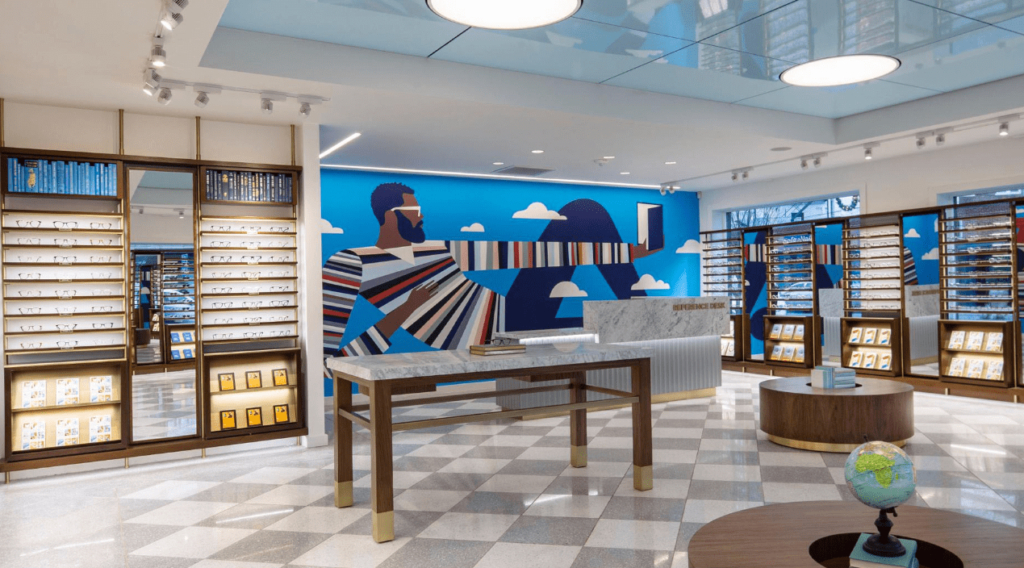
According to research from PSFK, these experiential retail strategies deliver tangible business impact:
- Flagship stores drive 31% more visits compared to traditional locations
- 60% of shoppers prefer stores with experiences over no-frills shops
- 78% of customers enjoy personalised retail technologies
As shopper behaviours shift, interactive and innovative retail environments prove essential for brand resonance beyond eCommerce.
6 – Ethical and Sustainable Branding
Consumers worldwide are more concerned with environmental sustainability issues and transparent business practices. Brands visibly prioritising people, communities, and the planet now earn buyers' trust and loyalty.
According to Nielsen, 73% of millennials are willing to spend more on sustainable products. Other surveys reveal over half of consumers fact-check sustainability claims and heavily weigh ethics in purchases.
Brand leaders respond by weaving social responsibility into their messaging and operations. Fairtrade food giant, Tony’s Chocolonely underwent B Corp certification to validate sustainable farming and ethical working conditions. Furniture brand IKEA aims to use 100% renewable and recycled materials by 2030. Beauty retailer Lush communicates values of ethical ingredient sourcing and charity partnerships on-site across retail touchpoints.
While purpose-driven branding makes sense ethically, it now drives measurable commercial success. Unilever’s sustainable living brands delivered nearly 70% of turnover growth in 2019.
7 – Gamified Brand Loyalty
For years, loyalty programs offered points towards discounts and free products. But dull structures needed to work on retaining members. Brands now inject more playful experiences with levels, rewards and community.
Turning Shopping into a Game
Gamification frames loyalty around quests and goals instead of just transactions. Shopping feels entertaining via app interfaces far from dull previous paper stamps or punch cards.
Sephora's Beauty Insider Community makes free products the prize for using and reviewing makeup. Members get hooked on completing beauty challenges. Target likewise gamified loyalty with Deal Days missions and benefits. The goals retention strategy sees 30% higher spending for engaged gamified members.

Virtual and In-Real-Life Rewards
The best programs bridge digital and physical. Virtual badges and coin bonuses build status, leading to real-world gains. Starbucks sends notified treat bonuses and free drink coupons. Nike unlocks shoe trials and races for app users actively recording runs and training. Brand quests tangibly impact reality.
Communities and Content
Loyalty programs also move into publishing and social realms. Allbirds sends an online magazine about sustainability. REI offers advice from outdoor experts. Brands become content hubs and discussion forums around shared interests. Deeper connections spring from added value beyond transactions. Loyalty becomes a lifestyle identity.
8 – Metaverse Brand Worlds
Virtual worlds also represent an emerging branding frontier—new platforms for connection open boundless potential for branded environments.
Brand Experiences in VR/AR
Headsets still feel clunky, but steady improvements bring lifelike immersion nearer. VR and AR offer new spaces for branded experiences in the coming years. Imagine getting transported inside unique brand stories or even gamelike product trials.
Some experiments have started. Volvo created a virtual test drive, letting people pilot cars with realistic physics. L’Oreal purchased a digitising ModiFace filter maker to pioneer virtual makeover tech. Such try-before-you-buy engagements win interest.
Digital Products and Fashion
Entire industries also bloom in pixel realms. Digital fashion offers a vast new branding category for virtual identity. DREST has become a leader in blockchain couture with luxury avatar clothing. Brands like Gucci and Farfetch invest heavily; envisioning expanded metaverse sales channels and customisation avenues.
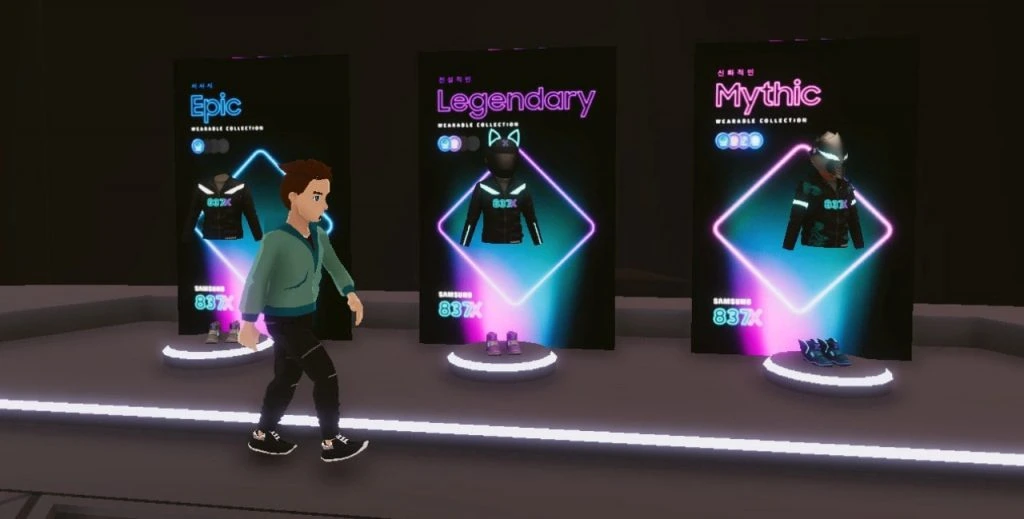
Even creatures and foods emerge for virtual life enjoyment. CryptoPunks birthed algorithmic pixel art characters now selling for millions as blockchain generative art. Tacos, pizzas, and beers get coded as NFTs on marketplaces like Decentral and are hungry for virtual fuels. Brand potential grows exponentially as platforms mature.
Infinite Virtual Landscapes
And advanced worlds themselves require brands for substance. Epic Games exquisitely rendered reality inside Fortnite, showing capability. Now, they are building developer platforms for customised reactive worlds. Expect brand-sponsored 3D theme parks and shopping complexes as open sandbox tools progress.
User interactions generate valuable behavioural data and feedback, too. VR zones offer perfect brand testing labs akin to focus groups at a massive scale—the metrics insight multiplies in simulated settings.
9 – The Humanisation of Brands
Customers engage most with brands revealing behind-the-scenes glimpses into real people behind products. Humanised stories drive connections. Vulnerability and openness build bonds unattainable by salesmanship alone.
Behind the Scenes Access
Today's winning brands pull back curtains to their inner workings. Patagonia's films about environmentalism let visitors trek with activists. Toyota's factory tours to boost efficient production appreciation. Recording studios from music brands displaying sound design. Open work policies forge authentic relationships.
Even product defects and failures are discussed more. Brands tweet out runway show clothing malfunctions or burst prototypes. Humble honesty about mistakes makes companies more relatable. Perfection obsessions fade.
Founder Spotlights
Executive visionaries take on cult status across industries. Elon Musk lands rockets and tweets ringingly market-moving memes. Richard Branson still kite-surfs at 70, retaining the daredevil persona. Jessica Alba pioneers ethical home essential startups. Spiritual guru Bobbi Brown shares wisdom learned from beauty empire experience. CXOs reveal personal anecdotes like celebs. Thought leadership narrates company direction through their lens.

Workforce highlights likewise boost morale and recruitment power. Adobe runs video testimonials displaying fulfilling careers. Outdoor Voices exercises community life values mantras daily. Every team member at Seventh Generation sustains non-toxic product purity. DEI moves to front and centre in defining proper representation.
10 – Sensory Branding
Retail media also hints at more immersive environments ahead. Stores evolve into experiential wonderlands engaging all senses. Smells, sounds, visual theatrics… Atmospherics embed brands through multi-sensory storytelling vs plain shelves.
The Power of Scent
Given the olfactory nerves' direct brain pathway, scent crucially impacts perception and recall. Hotels use lavender for sleep while cleaning brands use citrus for freshness. Now AI tools precisely diffuse contextual aromas like Aromyx matching customer jour Disburse Solutions checks customer journeys via mood. More tactile emotion is expected in ambient brand integration.
Next Level Store Tech
In-store tech also heightens engagement. Interactive browsing stands to replace static mannequins. AR makeup mirrors enable virtual try-on. Screens and tablets educate buyers on sourcing ethics. Voice command stations serve information needs verbally.
Kinetic floor video walkways like Responsive Floor make every step dynamic. Product projections react in networked light arrays like magic as shoppers pass. Sneaker walls sense designs you pause at sliding forward pairs to demo. Stores awaken products at all angles for multi-angle inspection. Plentiful power sockets keep personal devices charged for interfacing expanded digital content access. The floor itself locates what you seek.
Experiential Events
Occasional pop-ups and showrooms also amplify sensory spectacle. Brands transform default event halls into alternate worlds. Samsung developer days became indoor festivals and parks. Lexus built scaled city blocks to showcase car navigation abilities. Unique conceptual spaces make mundane equipment exciting again via recontextualisation.
Pop-culture collaborations are likewise open new dimensions. Esports lounges bring gaming gear to life. Celebrity chef kitchens cook signature virtual recipes using appliances. Capital One credit bars are imagined as hip nightclubs. Brand experiential centres must awe attendees as wonderlands worth sharing socially to maximise exposure impressions.
11 – Rise of Retail Media
Retail media – ad placements inside retail settings – blows up as mega platforms own the space. Brands pay for premium product placement and sponsored search visibility. The niche now approaches $100 billion annually.
The Power of Search and Display
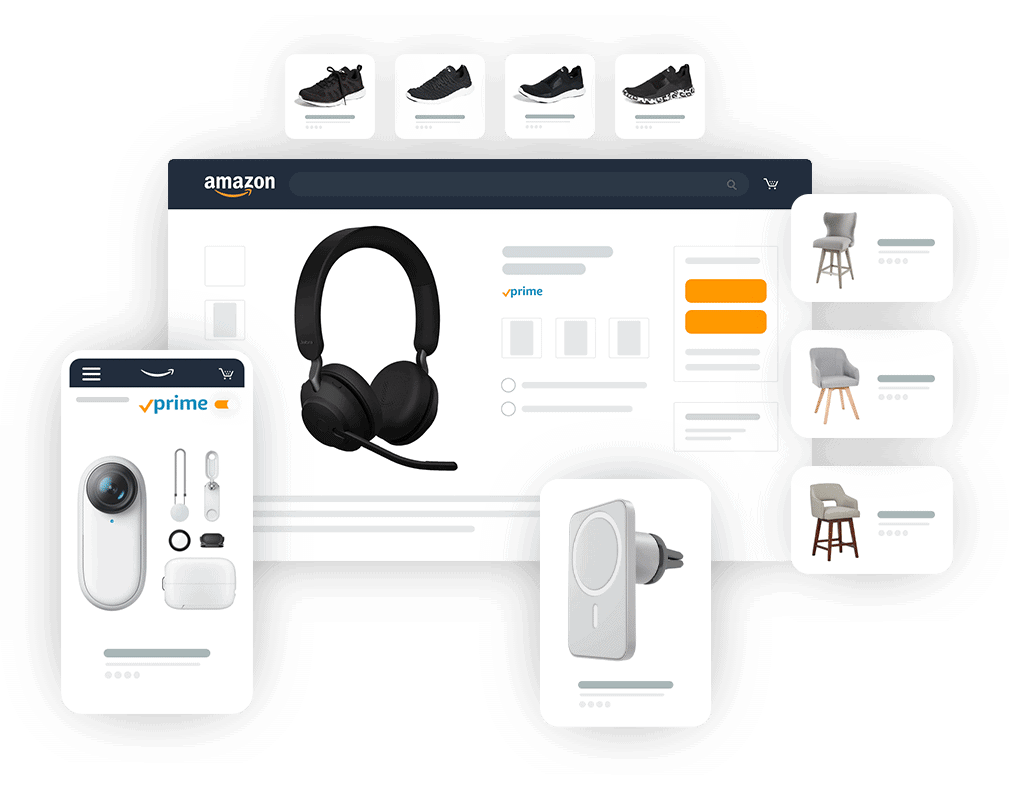
Amazon dominates and is expected to capture over 75% market share. Their ad tools expose brands to high-intent shoppers. Product search sponsorships and personalised recommendations offer surgically precise exposure. Wired store layouts also guide optimised flows.
Walmart, Instacart, and Target are also building their retail media programs. Ad placements integrate baked-in across omnichannel consumer journeys. Apps, sites, maps, lockers…all real estate sells based on contextual relevance. The future of shopping feels more algorithmic, like Google.
The Rise of DTC Specialty Platforms
Specialised retail media also emerges for vertical DTC niches. Platforms like WebSmith, MikMak, and Collection focus wholly on supporting direct brands with performance marketing tools. As the DTC wave rises, tailored growth engines gain funding steam.
The Power of First-Party Data
Core to competitive retail media is shopper data excellence. Amazon's buyer insights crush marketers with accuracy. All retail is moving toward perfect personalisation. Those owning the most transaction history, browsing records, review content, and loyalty stats…win. Walled gardens will continually improve targeting with owned data moats.
The tools even loop back into R&D. Testing on platforms provides an instant signal on product ideation. Media and voice metrics lead decisions. The suggested subsequent purchase flows indicate buyer needs for manufacturers. Retail media blending with research blurs lines between marketing activities.
12 – A Distributed Brand Identity
The broadcast era let brands tightly control their narratives from corporate HQs through monolithic mass messaging pumped repetitively to imprint presence. But the social web's user democracy ripped away that dominance. In the age of open-source branding, unified narratives get replaced by an uncontrolled multiplicity of distributed stories co-created by diverse stakeholders.
Brand strategists now think less about defining the brand identity and more about curating the context for brand identities to emerge organically through collaborative cultural interpretation involving employees, partners, influencers and communities. Brand image ebbs and flows fluidly. Spotify's experimental format with community playlists is a signpost for distributed branding. Rather than dictate taste, Spotify provides tools for culture co-creation aligning with brand values. Relinquishing control risks reputation but unlocks agility and authenticity.
13 – Sustainability as Status
Eco-consciousness used to be niche. But alarm about climate change made green branding universal. Sustainable production and fair labour will soon be expected from all brands, not just Patagonia.

Cradle-to-Cradle Design
More manufacturing will adopt “cradle to cradle” flows. Products are made from safe materials designed for full lifecycle reuse. For example, LOGIC cigarettes feature the first fully compostable e-cigarettes. Such ethics prevent waste at every stage.
Upcycled goods also gain appeal through sustainability through material reuse—brands like Thousand Fell craft sneakers from recycled plastics. Restored vintage items offer eco-friendly luxury, too. Worn wear tells artisanal stories.
Transparent Tracking
Supply chain transparency becomes vital as well. Consumers demand insight into where products originate and how workers get treated. Apparel maker Everlane opened their factories and paid figures via their radically transparent “Know Your Factories” tour. More brands will follow, showing sustainability practices first-hand.
Carbon Labeling
To that end, carbon footprint labels on packaging will expand like nutritional info. TU has begun measuring total emissions across thousands of standard grocery products with impact scores. Such data guides green choices, helping brands with more robust climate metrics differentiate.
14 – Remote Brand Management
Traditional HQ campuses lose the necessity of supporting remote work permanently. Distributed teams prove productive and prefer home flexibility. Office returns stay optional, not obligatory. For leaders, this means directing brands remotely.
Virtual Water Cooler Bonding
Managers must work harder to foster culture without hallway bumps. Digital happy hours, meditation breaks, and remote coffee chats maintain rapport. Providing WFH setup stipends ensures proper tools. And reimbursing home office costs keeps budgets similar to past commuting. Output focus trumps watching activity.
Still, mental health remains vital with increased isolation risks. Instagram's CEO reminds everyone to take a rest between meetings. Managers should check in one-on-one, guiding people privately through struggles. Recognition helps keep spirits up when not gathered in person.
Long-Distance Growth Sprints
Remote settings allow tapping global talent readily, too. Brands build perpetually active teams across time zones, handling tasks without lag and integrating worldwide ideas. Business planning also gains diversity by considering other regional considerations more organically.
Tools exponentially assist alignment. Slack, Miro, Figma, and Notion enable collaborative visible workstreams. Video meetings join multiple locations in a productive interaction. Work management shifts from ownership to fluid participation.
15 – Brand Advertising in 2024
Some branding staples face reinvention while new media forms emerge with potential. Experts offer predictions on advertising mix strategy for the next near-term horizons.
The Changing Face of TV
Television advertising endures but transforms. Streaming dominates viewers now. Netflix and YouTube alone take 25% of watch time. This means far less primetime and far more micro-targeted placement.
Brand integration weaves directly into hot trending show plotlines as well. Rather than interrupt, goods enhance emotional moments. Product demos drive story arcs like art masterclasses from Squarespace inside Emmys darlings.
Even old-fashioned commercial breaks evolve. Ad length must shrink, retaining shrinking attention spans. Six-second pre-roll videos rival the Superbowl spectacle. Jingles and anthems lose out to memorable pop culture moments. Virality matters most.
Print Finds Focus

Print advertising meanwhile bifurcates. National magazines and newspapers decline except for major enduring staples like NYT and New Yorker. However, local neighbourhood news sees a resurgence. Hyperlocal content builds community.
Small presses multiply supporting causes, too. Outdoor activity coverage thrives despite print doom projections. Enthusiasts sustain trusted hobby reporting—passion powers continuity. However, beyond captive niches, channels are lacking essential reports.
Getting Audio Right
Podcast and music streaming ads growth sustain exponential trajectory, too. Self-select tastes and talk personalisations enable fine-tuned personas. Promoted mid-roll audio inserted in organic listening flows earns response rates rivalling visual commercials.
Yet innovation is still essential, not simply porting radio-style badgering over intact. SMART pivoted the audio network toward conversational outreach and gave members valuable pandemic lifestyle guidance rather than selling. Listeners welcome utility bombing buy signals. Audio must assist, not assault.
Optimising Web Advertising
Digital advertising generally faces a crossroads moment, however. Platform changes rethink behavioural tracking that defined past decades of revenue. ATT, GDPR, and cookie loss all require reinventing targeted relevance. Context and first-party data now create possibilities forward.
Pre-emptively, many advertisers now build their sites concentrating owned traffic, knowing dependency platforms prove fragile. Content builds durable equity. Solutions diversify spreading channel risks rather than social/search duopoly reliance. Testing advances constantly adapting most affect new forms of response analysis toward ideal ROI balance.
Final Thoughts
Branding landscape shifts make this the most exciting and challenging time for marketers. While daunting, the trends discussed reveal immense opportunities for brands that understand evolving consumer priorities.
Purpose-driven messaging, immersive experiences, brand communities, and retail innovation enable meaningful customer connections that other tactics cannot replicate. Agile branding techniques empower brands to lead markets through uncertainty.
Rising startups and incumbents alike now make branding a cornerstone of long-term growth strategies. The brands that will thrive amidst exponential change keep consumers at the centre, branding laser-focused on their needs.
Now is the time to reimagine your brand experience across channels. Use the latest branding trends here to inspire strategies that transform brand affinity and drive measurable impact over competitors.
Latest Branding Trends FAQs
Still have questions on the latest, most innovative branding techniques? Here are common FAQs on modern branding best practices:
Why is experiential branding so effective today?
Experiential branding succeeds by moving from interruptive brand messaging to real-life, interactive brand stories. Instead of talking to customers, experiences allow memorable engagement on an emotional level.
How do companies stand out with purpose-driven branding?
Authentic brand purpose earns consumer trust and preference by proudly representing issues buyers care about. Purpose throughout operations—not just marketing—proves commitments to society over profits alone.
How do brand communities drive business growth?
Brand communities turbocharge word-of-mouth and customer evangelism. Loyal brand fans then actively endorse and shape organic perception. Their insights also inform more imaginative product innovations.
Why add experiences into retail settings?
Experiential retail counters eCommerce by giving customers interactive, creative brand moments unavailable online. Flagship locations then become marketing theatres blending physical and digital.
What does agile branding mean for marketers?
Agile branding moves from lengthy brand strategy roadmaps to swift optimisation responding to consumer/market changes in real time. Fluidity and immediacy become advantages with constant testing and customer insights.
